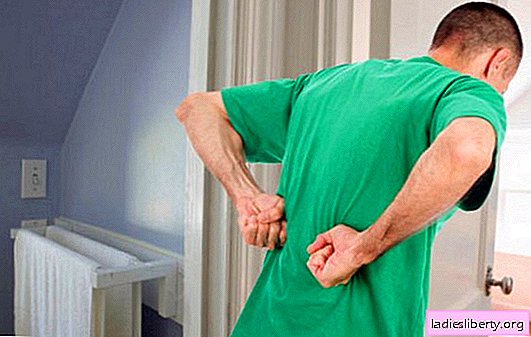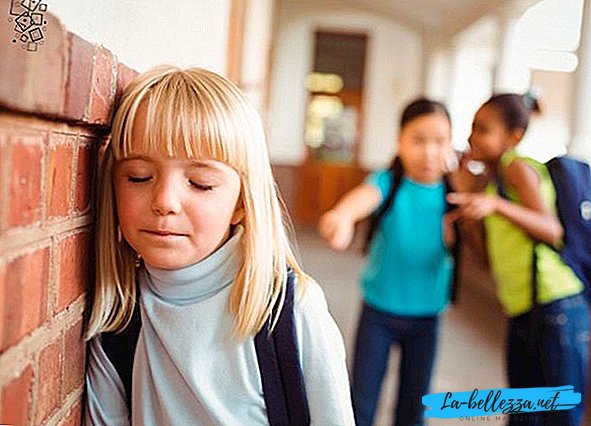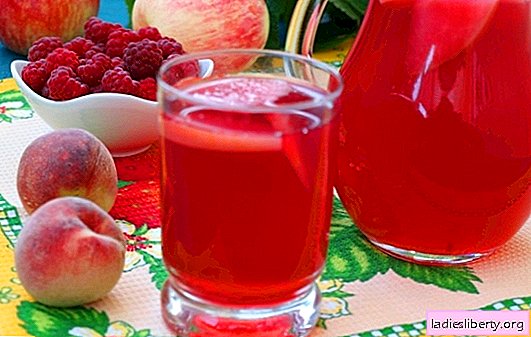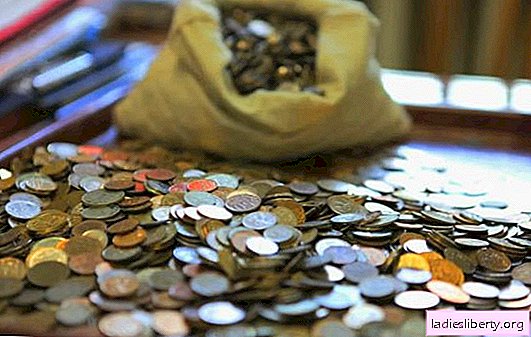
In childhood, each of us always faced injuries and wounds: broken elbows, knees, noses. Moreover, great inconvenience and suffering was caused by the fact that some time after the incident, the wound began to itch very much.
Even adults have to treat injuries, which often cause a lot of anxiety due to the fact that the wound itches and does not allow to live comfortably!
Itching - the causes
There are several explanations why this happens. If you understand the causes of itching, you can reconcile and survive this unpleasant period.
"A wound itches - it means heals." Our grandmothers, who were so reassuring, were telling the truth: an intolerable itching that occurs at a certain stage of treatment is just a signal of healing.
A healing wound itches for several reasons.
Any wound is an inflammation. The human body itself struggles with the consequences of the trauma: in the wound, processes of rejection of damaged tissue, cleansing of the wound, and the formation of new cells occur. The duration of these processes and our well-being depends on the types of wounds. The consequences of healing wounds also depend on this.
The basis of the injury is inflammation, which is characterized by the following main stages:
1) bleeding phase: the skin is torn,
2) phase of inflammation: a blood clot forms,
3) proliferation phase: a new tissue is formed,
4) the phase of complete healing (regeneration): as a result, the resulting scab disappears.
With wound healing (at the last stage of inflammation - in the regeneration phase) there is a release of inflammatory mediators. Histamine is one of them. First of all, histamine is the main reason for the occurrence of itching.
Therefore, it is the healing wound that itches, because in the fourth phase of inflammation, histamine production is maximal. The reaction of the body and the wound, in particular, to the production of histamine is an allergy. An excess of it leads to a feeling of severe itching. But with the direct participation of histamine, the formation of new cells occurs, due to which the edges of the wound are contracted, and its tissues are restored. After the wound heals, the histamine level returns to normal.
The next source of itching is the growth of nerve endings. In the healing process, new cells begin to appear in the wound, which “cover” the bottom of the defect, blood supply and innervation of the damaged tissue are restored. When tissue repair occurs correctly, the growth of new nerve endings is accompanied by increased itching in the wound, since the newly formed nerves are very sensitive and send signals to the brain at the slightest irritation and much more often than in intact skin. Subjectively, it feels like an itch.
The healing wound itches also because new cells that cover the wound surface contract, forming contractile filaments, which again is the cause of itching.
Do not forget about allergic reactions that occur with the use of ointments. In this case, it is necessary to pay attention to redness, rash, vesicles around the healing wound and stop using the drug. After its cancellation, itching will decrease.
Itching wound itches: possible complications
Healing wounds depending on various factors (age, nutrition, body weight, concomitant diseases, taking certain medications, dehydration, radiation therapy) can be complicated. Complications are sometimes so serious that it takes a lot of effort and time to treat them.
These are bleeding, necrosis, the divergence of the edges of the wounds, the attachment of infection. Therefore, one should always be careful about the injuries received, and even if the itching becomes unbearable, the main thing that must be observed during severe itching is not to touch or scratch the healing wound, because this will stop the healing process.
You need to be patient, and discomfort will surely pass.
Itching wound itches - what to do?
Ideal if the wound itches - do nothing. Do not scratch! Wait until the wound finally heals!
Then the inflammatory process will end, and, of course, the itch will pass. During this period, you can only apply some ointments that will speed up the healing process, or use special dressings. It is saturated with substances that significantly accelerate regeneration.
Since wound healing proceeds in 2 stages (hydration and dehydration), the actions taken to accelerate recovery and improve well-being depend on the state of the wound at the moment.
The first stage is the hydration of the healing wound. During this period of time, the healing wound remains wet. Accordingly, the dehydration stage is the period when the healing wound is already dry.
Therefore, at the hydration stage, regular cleansing and moisturizing is necessary. At the next stage, a healing wound requires nutrition and protection of newly formed tissues. It is necessary to use tools that accelerate wound healing, already in the "wet" period.
If these conditions are met, the healing wound will quickly close, and the possibility of bacteria infection of the wound will be significantly reduced.
Itching wound itches: medicines for relieving itching, physiotherapy
Now there are many different ointments that can be bought without a prescription and successfully used for this purpose (Actovegin, Solcoseryl, Oksizon, Levomekol, D-panthenol, Levosin, balsamic liniment according to A. B Vishnevsky, synthomycin, gentamicin, methyluracil ointment and others).
Later, in the next (third) period of healing, an important task is to accelerate the epithelization of the wound, as well as protect it from repeated trauma. This requires stimulating ointments and various physiotherapeutic procedures: magnetic field, laser therapy, ultraviolet radiation. If a keloid scar develops, ultrasound with hydrocortisone ointment, electrophoresis with lidase or 2% potassium iodide solution, massage, physiotherapy exercises are used.
Itching Wound Itches: Ambulance at Home
In cases where the healing wound itches so that there is simply no strength to endure, you can try to alleviate your condition:
- gently wash the healing wound with soap, removing dead cells that may cause irritation,
- if the skin is very dry around the healing wound, use a moisturizer,
- make a cold compress (no more than 20 minutes) on a wound that is unbearably itchy, applying to it a vessel with ice wrapped in a clean towel or a pack with cooled gel or other substance.
In most cases, a crust forms on the surface of the healing wound, which leads to mechanical irritation. At this stage, to reduce itching, you can lubricate the edges with baby cream or any other nutritious. The crust will quickly soften and fall off faster.
Itching wound itches: folk remedies
To alleviate the fate and reduce discomfort in case of itching in the wound, traditional medicines are often used:
1) Decoction of mullein will significantly reduce itching and contribute to the speedy epithelization of the wound. Within 10 minutes, the leaves and flowers of the plant must be boiled over low heat, and then applied in the form of lotions to a healing wound;
2) Kalanchoe juice can save from itching in a healing wound. It needs to be dripped 5-6 drops per wound, and after seven days we get the desired result;
3) It is possible to apply the juices of other plants, for example, carrot juice, for the speedy healing of wounds.
4) Sometimes in field conditions in the absence of dressings, water and soap, you can use a mushroom - raincoat. If it is cleaned, applied to the wound and bandaged, it will completely replace the bactericidal patch. The mushroom itself contributes to the rapid healing of wounds, as possesses antibacterial properties.
An unhealed wound itches - will hydrogen peroxide help?
But there are some misconceptions regarding the treatment of healing wounds, which also must be remembered.
For example, a well-known antiseptic is hydrogen peroxide, which, when it gets into the wound, does not cause pain.
As shown by some experiments, it is precisely this that should not be used in the treatment of healing wounds.
Hydrogen peroxide can be used to treat “fresh” not very deep wounds in order to clean them of foreign particles and contamination, and in cases where it is not possible to wash the wound with soap and water.
And often this can not be done due to the fact that when treating healing wounds that itch, hydrogen peroxide can slow down the recovery process.
Even when diluted with water, hydrogen peroxide affects in such a way that changes in the skin cells aimed at recovery are sharply inhibited. Peroxide causes such tissue damage, resulting in severe dry skin, the wound itches even more, the color of the skin around and the tissue inside the healing wound changes.
Therefore, if healing wounds are often treated with hydrogen peroxide, they will heal for a long time, unlike wounds that were washed with soapy water. The risk of infection of the wound increases in proportion to the time during which the wound is open. So, everything must be done so that the healing wound heals quickly.
It is also impossible to remove the “crust” formed on the wound. It protects against the ingress of dirt and infection and, thus, accelerates the process of tissue repair. If prematurely peeling the crust from the healing wound, damage to young tissues will occur, and the healing process will drag on for a long time.
Smoking and wound healing
And, of course, we must not forget that bad habits also play an important role at different stages of the treatment of healing wounds. Numerous studies have shown that even in passive smokers, all skin lesions are treated much longer, and more often rough scars remain. This is because in smokers or passive smokers, cells that are involved in the formation of new tissue — fibroblasts (the so-called “healing cells”) - slow down in the direction of the wound. As a result, the regeneration processes are sharply inhibited, the wound heals longer, a rough scar forms.
A recent study by American scientists focused on the effects of smoking on wound healing. Fibroblasts are cells that play a major role in the healing of wounds, under the influence of nicotine they begin to move much more slowly, they accumulate on the edge of the wound, preventing it from dragging out completely. In non-smokers, according to the BMC Cell Biology magazine, the speed of movement of fibroblasts to damaged tissue is high, which contributes to faster healing.
In non-smokers, after the appearance of a wound, fibroblasts begin to move to the damaged tissue, thus contributing to faster healing.
And the last one. Recent experiments by American scientists have shown that in quick-tempered, emotionally labile, unbalanced people, healing wounds itch and heal much longer and more intensively than in people who are calm and balanced. The most irritable participants in the study, the likelihood of delaying the healing time was increased by 4.2 times.
Successfully heal your healing wounds and take care of yourself! Have more luck and peace of mind and less trouble!











